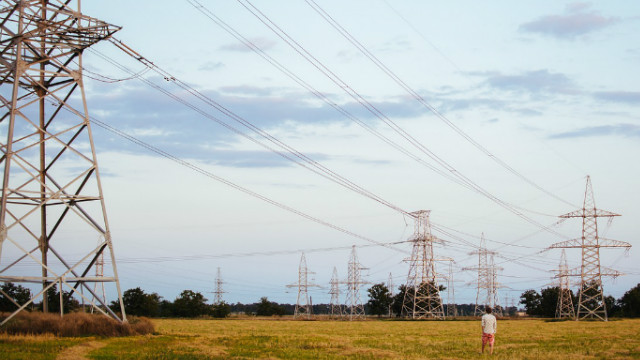Utilities have been under pressure recently. Brookfield Renewable Partners LP (TSX:BEP.UN)(NYSE:BEP) trades nearly 8% lower than it did a month ago. This dip has pushed its yield higher. So, it’s an excellent opportunity to consider this renewable-power-generation company for a high income.
There’s a secular trend in power generation to shift towards renewable energy in an attempt to combat climate change. In fact, more than $300 billion has been invested in renewables globally every year. As a result, its global capacity has grown at a compounded annual growth rate of 15% since 2001.
And Brookfield Renewable is there to capitalize on this mega-trend.
A global business
Brookfield Renewable owns and operates one of the world’s largest renewable power portfolios. It has nearly 10,700 megawatts of installed capacity across roughly 260 generating facilities in North America, Latin America, and Europe.
High-quality assets lead to high-quality cash flows
Not all renewable assets are created the same. Brookfield Renewable’s portfolio is anchored by about 215 hydroelectric facilities, which makes up 88% of its generation. These assets are diversified across 82 river systems and allow for perpetual generation without relying on subsidies.
From its hydro assets, Brookfield Renewable generates more than 90% of its cash flows, which are contracted with inflation escalations built in.

Distribution and growth
Brookfield Renewable’s high-quality cash flows support its growing distribution, which has become more attractive after the pullback. At $37.30 per unit, it yields almost 6.4%.
This is partly due to a strong U.S. dollar against the Canadian dollar as the power-generation company pays a U.S. dollar–denominated distribution.
Since 2011 Brookfield Renewable has hiked its distribution per unit by almost 37%, or an annualized rate of 6.5%, which has translated to a higher rate for Canadian investors.
Other than being positioned to benefit from higher energy prices in the future, the utility also has about 6,800 megawatts of development projects in its pipeline. It aims to invest $500-600 million per year to further grow its asset base.
These projects support the company’s target to grow its distribution per unit by 5-9% per year and to deliver total returns of 12-15%.
Conclusion
As of the end of August (with distributions reinvested), Brookfield Renewable delivered annualized total returns of 17% over a five-year period. The one- and three-year returns were 13% and 20%, respectively.
The dip, which resulted in a juicier yield of 6.4%, has made Brookfield Renewable a more attractive investment. If the company hikes its distribution at the low end of its target range of 5%, coupled with its yield, it can deliver long-term returns of at least 11%.








